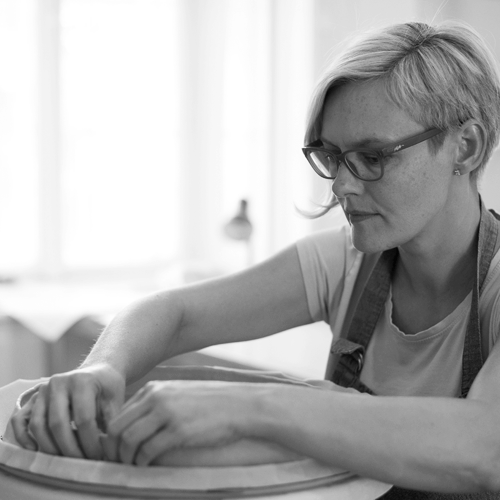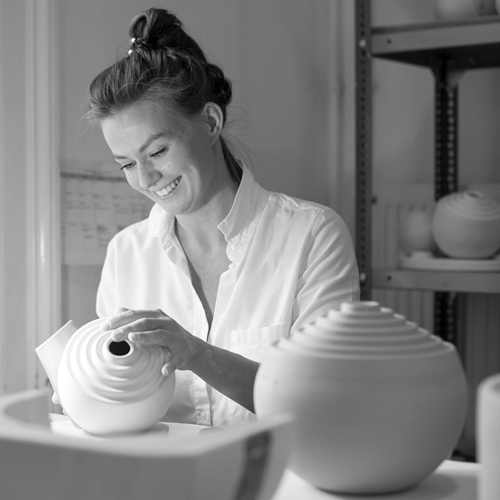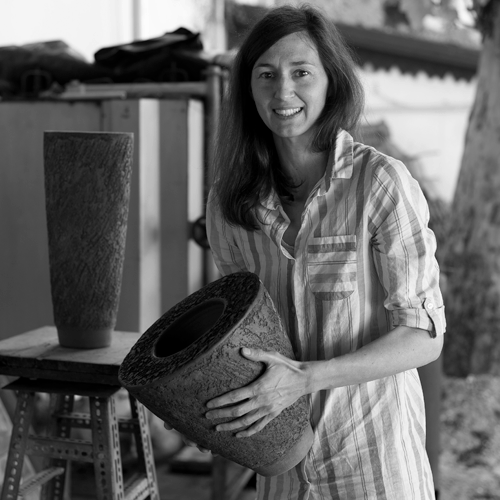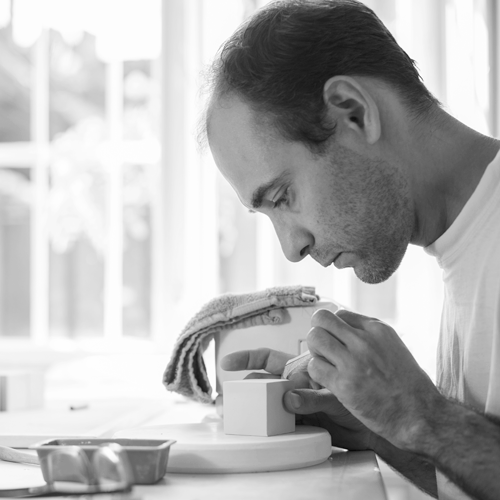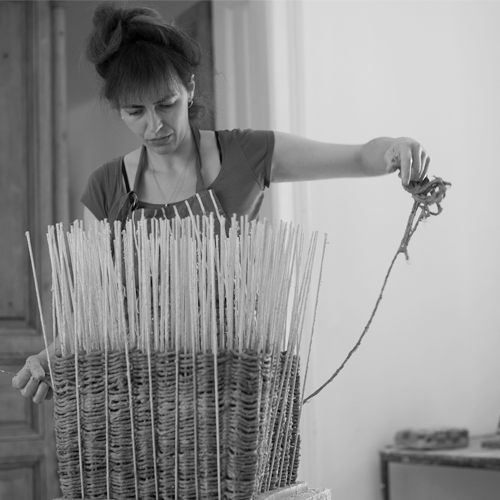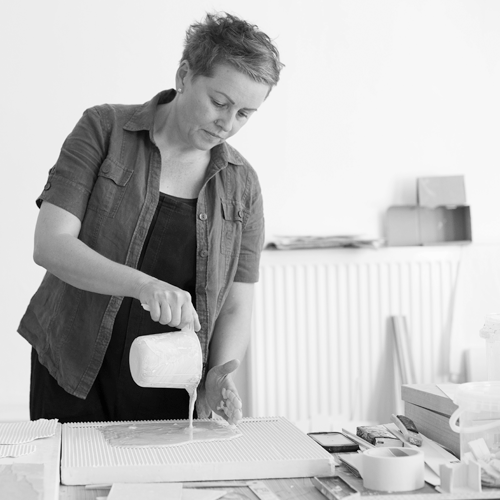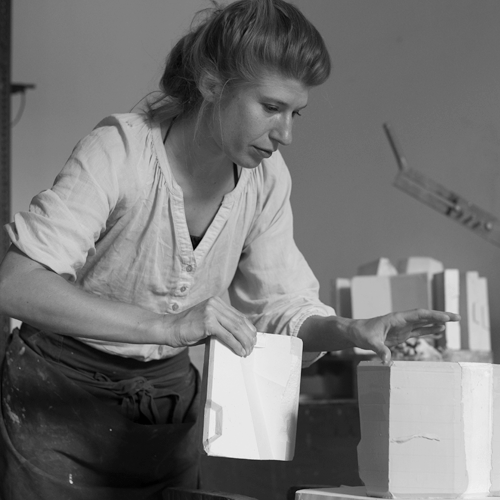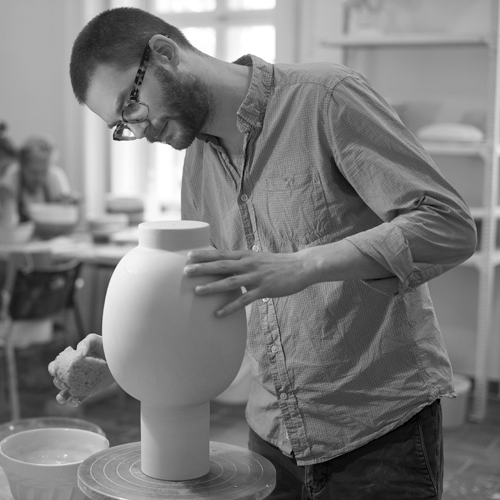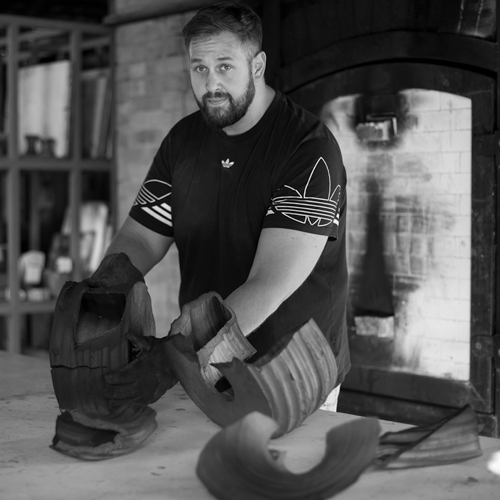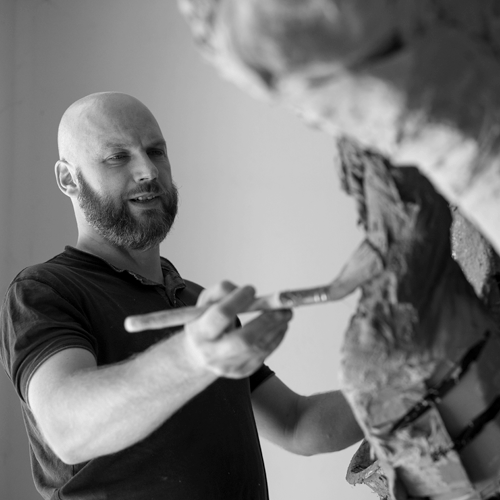
VLAD BASARAB
Romania
Vlad Basarab is a visual artist working with diverse mediums, concentrating on ceramics, installation, video and performance. He perceives clay as the material that embodies the most dynamic qualities of life and nature due to the transformations it undergoes. From the beginning of history, there existed a strong connection between language and clay, as early forms of written language were found on clay tablets. He uses art as a catalyst for reflection, as a holder of information from the beginning of time.
His art shifted its focal points from the fluctuations of memory appearances, constrained by individual filtering media, to the struggle between perishment and permanence, being addressed in the temporary installations, performances and videos. Becoming more concerned by the impact of censorship on culture, Basarab emerges his work towards questioning methods of transmitting memory, emphasizing the human need to safeguard the past and conserve historic truth. It pursues the need for preservation due to the extreme fragility of memory, knowledge and past.
In our fast-moving society with plenty of distractions, Basarab senses the increasing difficulty of remembering, despite memory being the only link to our past, our identity and our heritage.
Artist website
